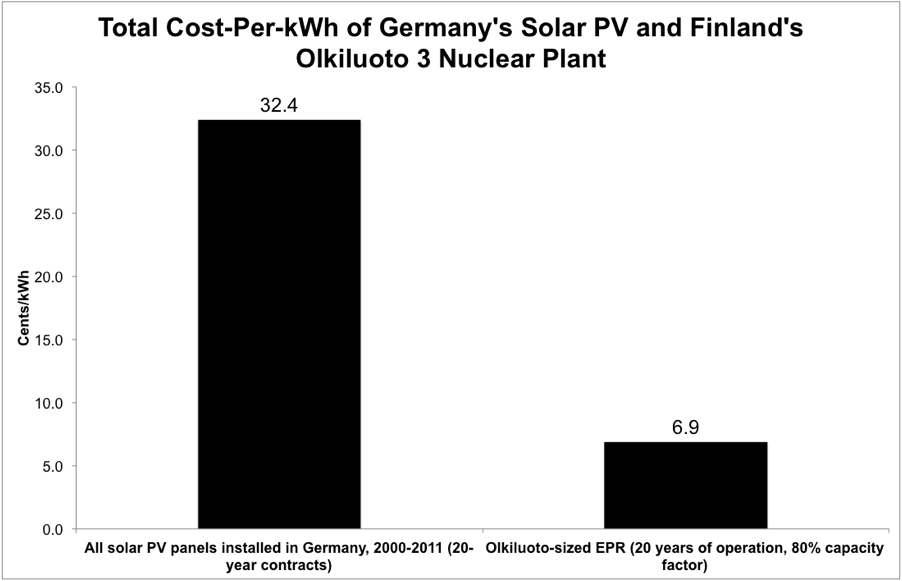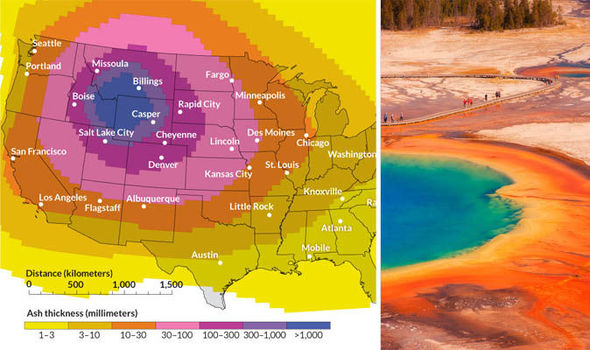Subduction Zone
Veteran Member
Giant batteries and cheap solar power are shoving fossil fuels off the grid
" It would provide 7% of the city's electricity beginning in 2023 at a cost of 1.997 cents per kilowatt hour (kWh) for the solar power and 1.3 cents per kWh for the battery. That's cheaper than any power generated with fossil fuel."
Further price reductions are forecast. It will take an investment to change from fossil fuels, but it appears that it will not only pay off ecologically, but economically too.
" It would provide 7% of the city's electricity beginning in 2023 at a cost of 1.997 cents per kilowatt hour (kWh) for the solar power and 1.3 cents per kWh for the battery. That's cheaper than any power generated with fossil fuel."
Further price reductions are forecast. It will take an investment to change from fossil fuels, but it appears that it will not only pay off ecologically, but economically too.


